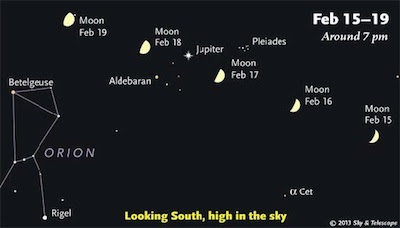Mongolia | Zaisan Tolgoi | Eighth Nine-Nine | Нал шал болно
The eighth of the Nine-Nines —nine periods of nine days each, each period marked by some description of winter weather—begins today, February 22. This is Нал шал болно, the time when puddles appear on the ground. As the name indicates, it should now be getting warm enough in the afternoons for snow to melt and puddles of water to appear. It was still Minus 20º F. at eight this morning, but the forecast is for a high of 16º above this afternoon. If it actually reaches this temperature it may be the warmest day yet this year. While 16º above F. is of course well below freezing, radiant heat, on black rocks for instance, should be enough to melt snow and ice. So it is quite possible that some puddles will appear this afternoon. In no time at all it will be time for the First Wildflowers To Appear .

